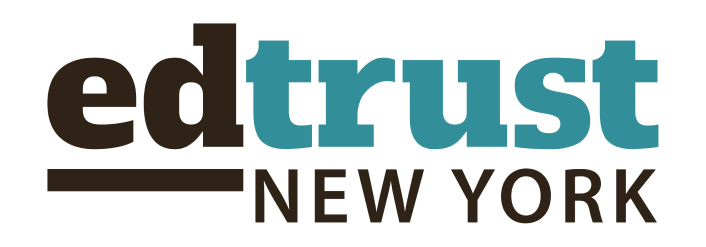By Melanie Quiroz
Senior Research and Data Analyst
A few weeks ago, confusion began to swirl about what might happen to New York City students living in shelters from asylum-seeking families. City officials announced that families would receive a 60-day notice to vacate several hotels serving as shelters to make room for newly arriving families. In the meantime, any newcomers would be sheltered at Floyd Bennet Field in Brooklyn, far from transportation hubs and schools where children might enroll.
There are concerns that the 60-day notices, which are estimated to impact approximately 4,000 families living in eight shelters run by the city’s Health + Hospitals system, will force newly enrolled students to switch schools mid-year and miss school days as their families relocate. Students who do not enroll in new schools may be forced to endure long commutes across the city as their families move out of shelters. While the mayor has said the notices will not affect the education of any students, advocates have raised concerns that the notices are likely to cause disruptions for students who are still acclimating to their new school communities.
The number of individuals housed in shelters for families with children has continued to grow in the last four months. From June to October 2023, there was a 32% increase in the number of asylum seekers in these shelters, from 34,825 to 45,831. There are an estimated 15,000 children and parents who will be affected by the 60-day notices. While this data provides context for the scale of the problem across New York City, it does not provide specific enough information for educators, advocates, or community-based organizations to support families in yet another transition.
Last year, New York City Public Schools published a list of schools that received Project Open Arms funding, or funding directed to schools where migrant students had enrolled. It quickly removed the list, citing safety concerns. While it is understandable that students and their families need to be protected, it is difficult to know the potential effects of these policy changes on students and their families, let alone to plan for them or how to help, without reliable, clear, and timely data. Continuing to report data on the influx of asylum seekers at the city level also impedes the ability to focus support on communities and school districts that need it most or to understand where there may be growing inequities in services and access as asylum seekers settle in specific areas of the city, where housing may be more affordable, but community services are stretched.
Some school districts have far higher shares of students in temporary housing and students living in poverty than others already. It would be inaccurate to assume that all schools and districts are welcoming newcomers in similar numbers, but without data, it is nearly impossible to know. It is also important to remember that even though New York City has been most directly affected as an entry point for asylum seekers, some families have moved to areas outside of the city, and the state department of education has not clarified which districts have received migrant students. Improved data sharing would not only help clarify how the city and state are working to shelter families and educate students, but it would also allow community organizers, workers, and service providers to better focus on areas in need.
Students benefit greatly from consistent school attendance, and students from migrant families additionally benefit from direct access to support services in their schools and relationship building in their new communities as they continue to adjust to living in New York. It is critical that schools and community-based organizations that are dedicated to supporting asylum seeker families can quickly mobilize to support students through the potential shelter changes, especially as students are at risk of missing valuable days of school. They also need to prepare for the eventuality that there may be up to 500 new families housed at Floyd Bennet Field and that challenges beyond transportation to school are likely to arise for newcomers who are sheltered so far from community services.
Data from the city and state departments of education about which districts and schools have higher concentrations of students in temporary housing who were also enrolled in schools for the first time since September 2022, and which districts have experienced the biggest increases in enrollment considering the influx of migrant students, could begin to illuminate where greater targeted support is needed. It would be a small piece of the data that is necessary but could provide a better viewpoint for schools and organizations to offer support as more newcomers arrive in New York weekly and as shelter policy continues to shift.

